Ferrari 296 GTS
Description
Ferrari 296 GTS - Fun to drive en plein air.
The Ferrari 296 GTS, the evolution of Ferrari’s mid-rear-engined two-seater berlinetta spider concept, is powered by the new 120° V6 engine coupled with a plug-in (PHEV) electric motor that debuted on the 296 GTB, which unleashes a massive 830 cv in total. The car thus redefines the whole concept of fun behind the wheel, guaranteeing pure emotions not just when it is being pushed to its limits, but also in day-to-day driving situations.
In Ferrari, the fun-to-drive factor is measured by five different indicators which are used to set targets during the development phase.The first factor is lateral acceleration which determines response to steering wheel inputs, the prompt reaction of the rear axle to steering inputs, and, consequently, ease of handling. Longitudinal acceleration, on the other hand, comes down to the speed and smoothness of the response to the accelerator pedal. The third factor is gear shifting in terms of shift times and feeling of coherent progression through the gears with every gear change. The fourth factor is braking: brake pedal feel in terms of travel and response. Lastly, sound levels and quality in the cabin and progression of engine sound as revs rise are also monitored
Car overview
Car overview
Petrol Hybrid
2
2 Persons
Automatic
330 km/h
2992 cm3
Video
Ferrari 296 GTS - Defining Fun To Drive.
Features
Features
Engine Type - V6 – 120° - turbo – dry sump
Bore and stroke - 88 mm x 82 mm
Max. power output ICE* - 663 cv
Max. power output hybrid system - 610 kW (830 cv) at 8000 rpm
Max. torque - 740 Nm at 6250 rpm
Max. revs - 8500 rpm
High voltage battery capacity - 7.45 kWh
Compression ratio - 9.4:1
Fuel Consumption - 6.7 l/100 km
Co 2 Emissions - 153 g/km
Electric Energy Consumption - 174Wh/km
Tyres - Front - 245/35 ZR 20 J9.0
Tyres - Rear - 305/35 ZR 20 J11.0
Brakes - Front - 398 x 223 x 38 mm
Brakes - Rear - 360 x 233 x 32 mm
Fuel tank capacity - 65 litres
Rear bench capacity - 49 litres
Dry weight - 1540 kg
Fuel Consumption
The values of fuel consumptions and CO2 emissions shown were determined according to the European Regulation (EC) 715/2007 in the version applicable at the time of type approval. The fuel consumption and CO2 emission figures refer to the WLTP cycle.
Powertrain
The engine architecture means that the turbochargers can fit inside the “vee”. This makes it more compact, lowers its centre of gravity, reduces its mass, and gives it an extraordinarily high power output of 663 cv. This layout has its roots deep in the Prancing Horse’s unrivalled racing experience: the first Ferrari to sport a mid-rear V6 was the 246 SP in 1961, which also won the Targa Florio that year and in 1962.
This is the first open-top Ferrari with rear-wheel drive plug-in (PHEV) hybrid architecture, which sees the internal combustion engine integrated with a rear-mounted electric motor. The two power units communicate through the TMA actuator, which allows them to be used together or just with the electric motor. The electric motor boosts the 296 GTS’s maximum power to a category-topping 830 cv, as well as increasing the car’s versatility in everyday driving (giving it a range of 25km in full-electric mode) and fun behind the wheel.
Sound-wise, the V6 engine rewrites the rulebook by harmoniously combining the force of the turbos with the harmony of the high-frequency notes of a naturally-aspirated V12. This V6 earned itself the nickname “piccolo V12” (little V12) during the development phase because of its instantly recognisable sound. The latter is the result of the 120° vee architecture, which guarantees a symmetrical firing order while the tuned exhaust manifolds combined with the single exhaust line amplify the pressure waves. This lends incredible purity to the orders of harmonics, further helped by a limiter that hits an impressive 8500 rpm. Also pivotal is the patented “hot tube” which has been completely redesigned for the 296 GTS’s new engine bay geometry and is positioned prior to the exhaust gas treatment systems to channel the pure sound into the cabin.
Design
The changes made for the Ferrari 296 GTS further emphasise the clean, sophisticated lines of the 296 GTB. When the top is down, it is the peerlessly elegant epitome of the open-air hybrid concept. Its unprecedented architecture for a spider, in fact, opens a whole new chapter in the marque’s story. The designers’ goal of retaining the 296 GTB’s main characteristics required a period of meticulous analysis of the dimensions of its technical components. There was a clear focus on minimising the impact of any modifications on the exterior bodywork and also on introducing a clear, instantly recognisable theme that would encapsulate the complexity of the design whilst translating it into accomplished linear forms
Vehicle Dynamics
The 296 GTS’s dynamic development focused around boosting the car’s performance, delivering class-leading levels of driver engagement as well as improving the usability and accessibility not just of the car’s performance, but also the hybrid layout. Specific components and functions were also developed, such as the ABS EVO controller, which uses the data gathered by the 6w-CDS, and the grip estimation integrated with the EPS, seen on the 296 GTB. The 296 GTB’s chassis was redesigned and optimised for the 296 GTS to improve torsional rigidity and bending stiffness compared to previous spider applications. The main areas involved were the A-pillar, B-pillar and sill areas.
The 296 GTS further enhances the clean, sophisticated lines of the 296 GTB. When the top is down, it is the peerlessly elegant epitome of the open-air hybrid concept. Its unprecedented architecture for a spider, in fact, opens a whole new chapter in the marque’s story. The need to stow the RHT (Retractable Hard Top) inside the engine compartment inspired the Ferrari Styling Centre team, headed by Flavio Manzoni, to create a new tonneau cover design, the geometries of which have produced styling elements very different to the Ferrari spiders of the recent past. While on the 296 GTB the engine bay is completely horizontal and dominated by two flying buttresses, in a nod to the 250 Le Mans archetype, the 296 GTS’s tail is absolutely unique.
Aerodynamics
The 296 GTS bursts into the mid-engined berlinetta sports car range with several radical and innovative solutions. The car’s performance was achieved by seamlessly optimising its volumes with all the performance-oriented elements which meld effortlessly with the styling to underscore the marriage of technology and aesthetics that is part of Ferrari’s very DNA. The specific configuration of the 296 GTS’s tonneau cover creates a virtual fairing that mimics the aerodynamic behaviour of a coupé. Thanks to this optimisation work, the 296 GTS’s active spoiler delivers the same downforce as the 296 GTB.
Assetto Fiorano
The spider’s extreme performance can be accentuated by the 296 GTS Assetto Fiorano package, which includes significant weight-reduction and aero features. Most notable of these are special GT racing-derived adjustable Multimatic shock absorbers optimised for track use, high downforce carbon-fibre appendages on the front bumper, and more extensive use of lightweight materials such as carbon-fibre for both cabin and exterior. Some parts had to be completely redesigned, including the door panel, resulting in an overall weight saving of 8 kg. Lastly, a special 250 Le Mans-inspired livery can also be ordered exclusively with the Assetto Fiorano package. Its design runs from the front wings and hugs the central grille, delineating its edges. This styling element continues along the bonnet, before running lengthways up to the RHT, tonneau cover and then down onto the rear spoiler.

Navnit Motors Ferrari Showroom
Platina Building, Plot No: C-59, G-2, Bandra Kurla Complex Rd, G Block BKC, MMRDA Area, Kalina, Bandra East, Mumbai, Maharashtra 400051

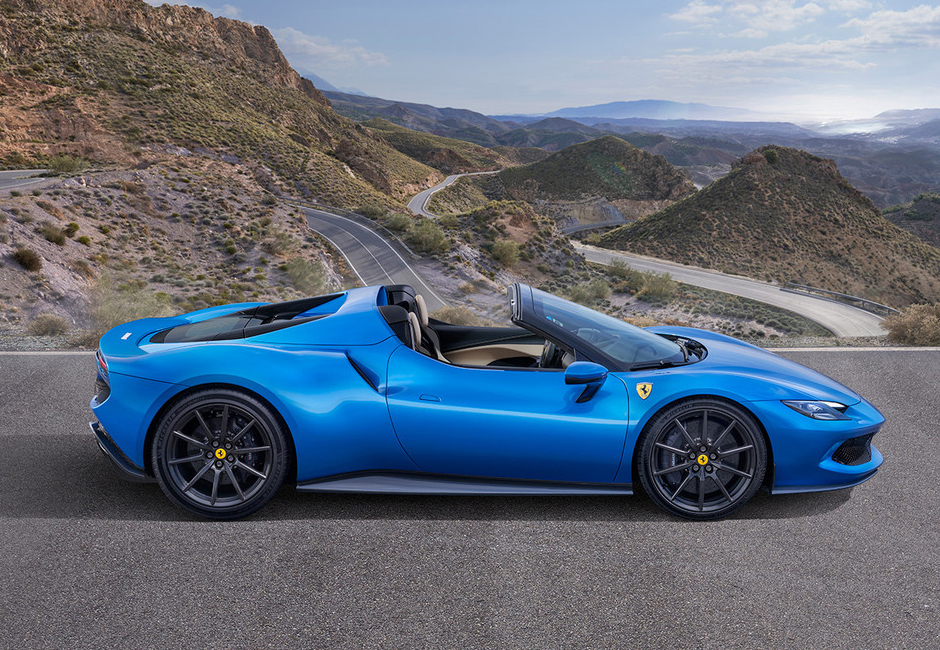
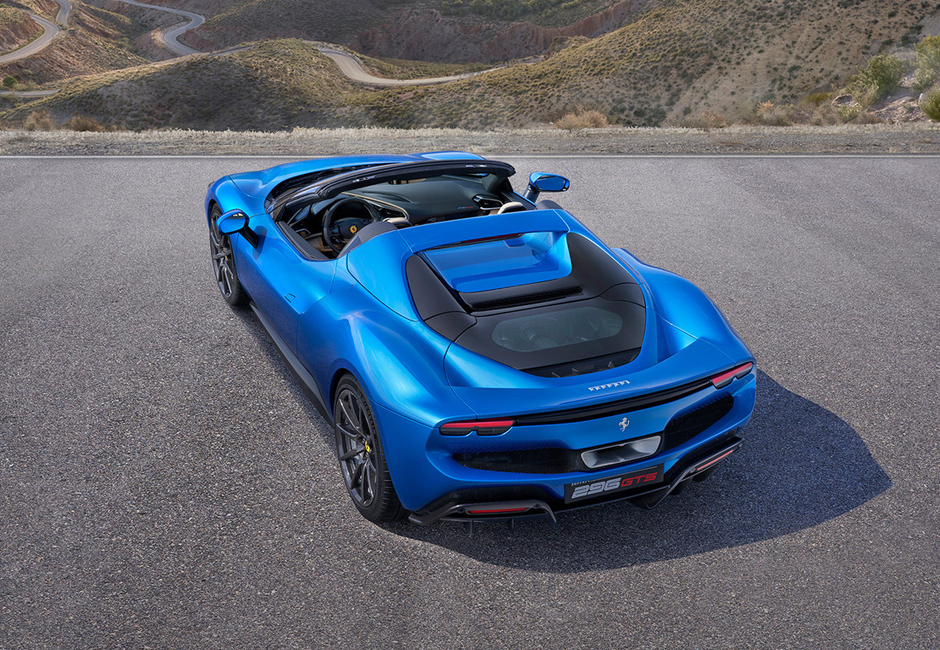
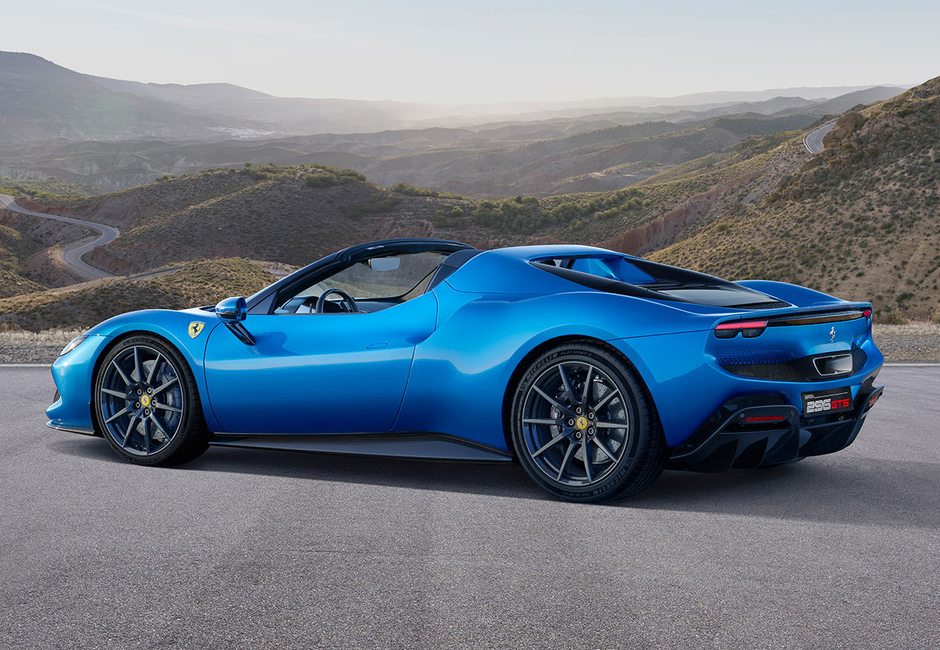
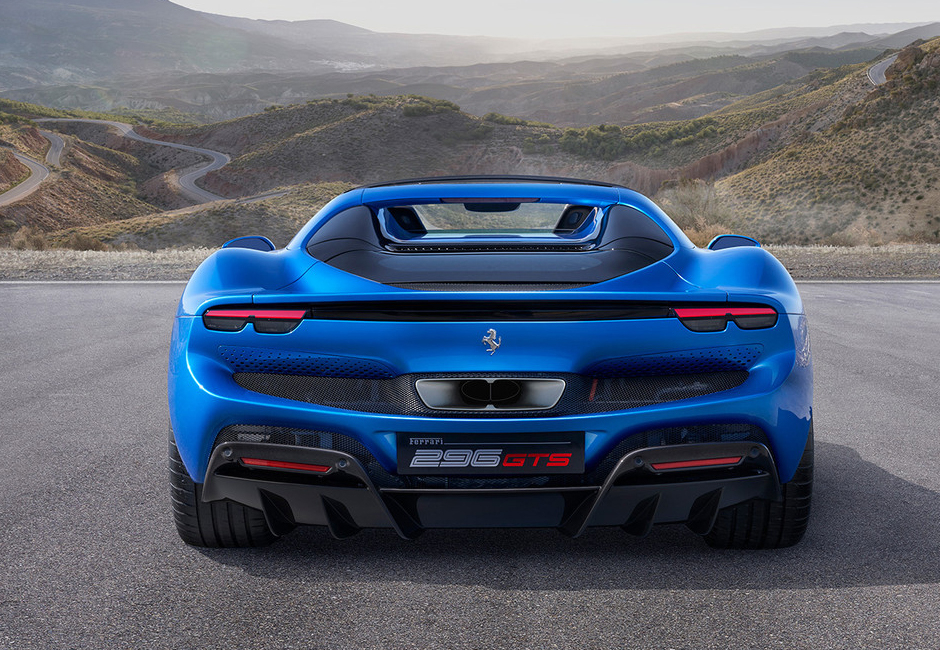

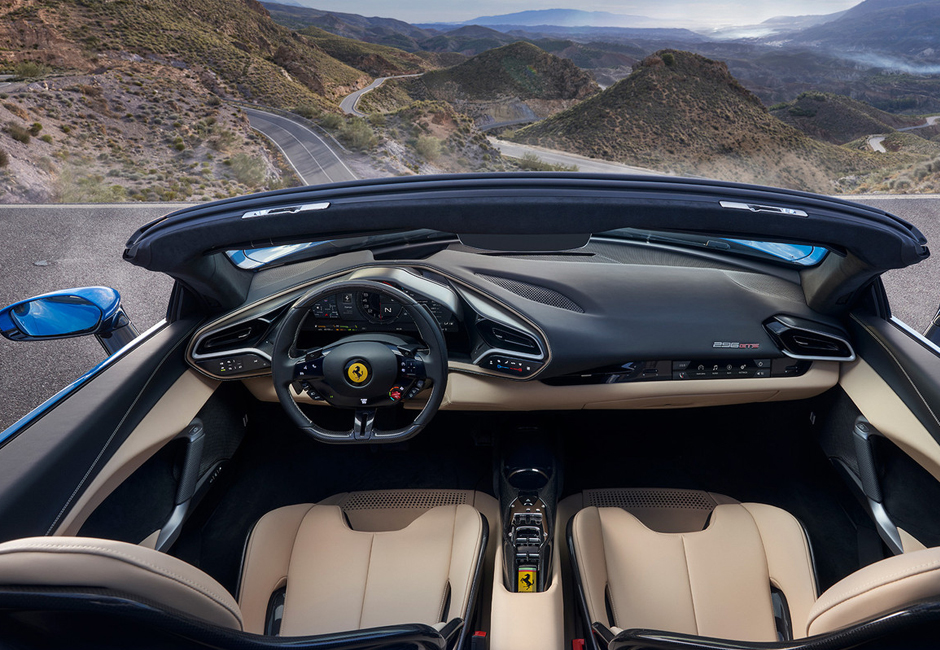
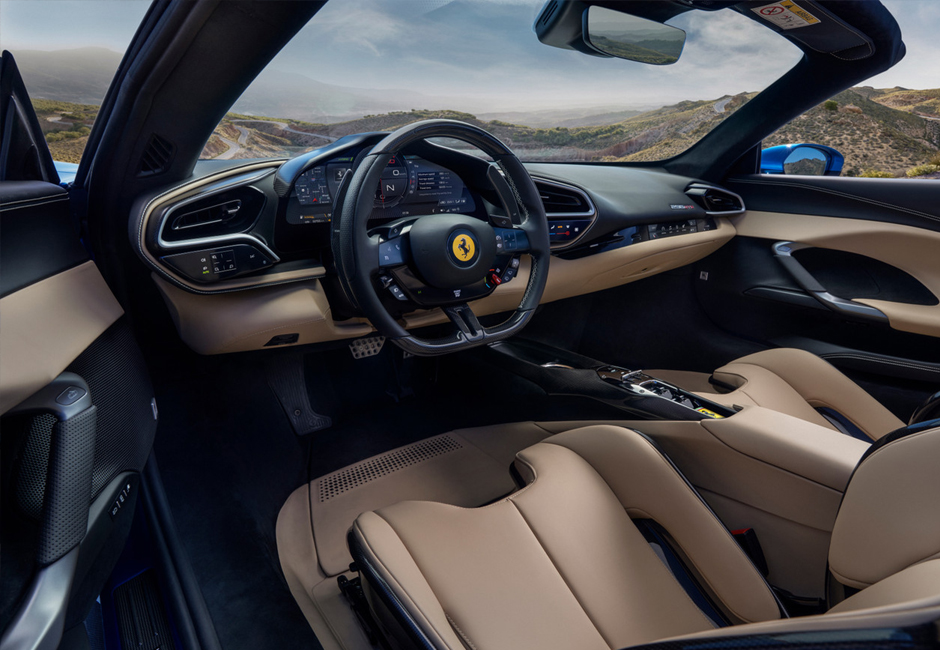
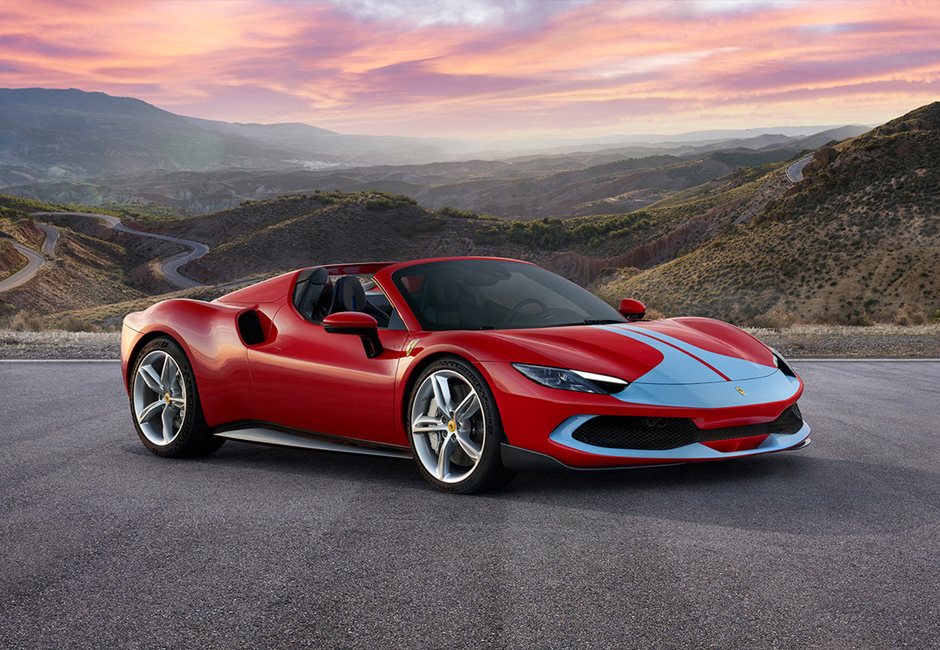
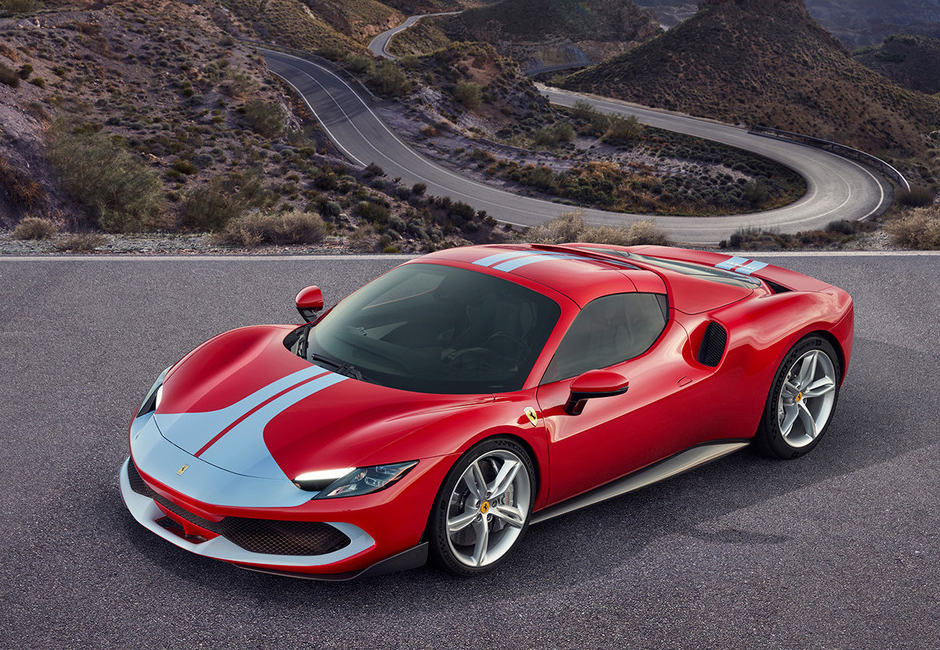
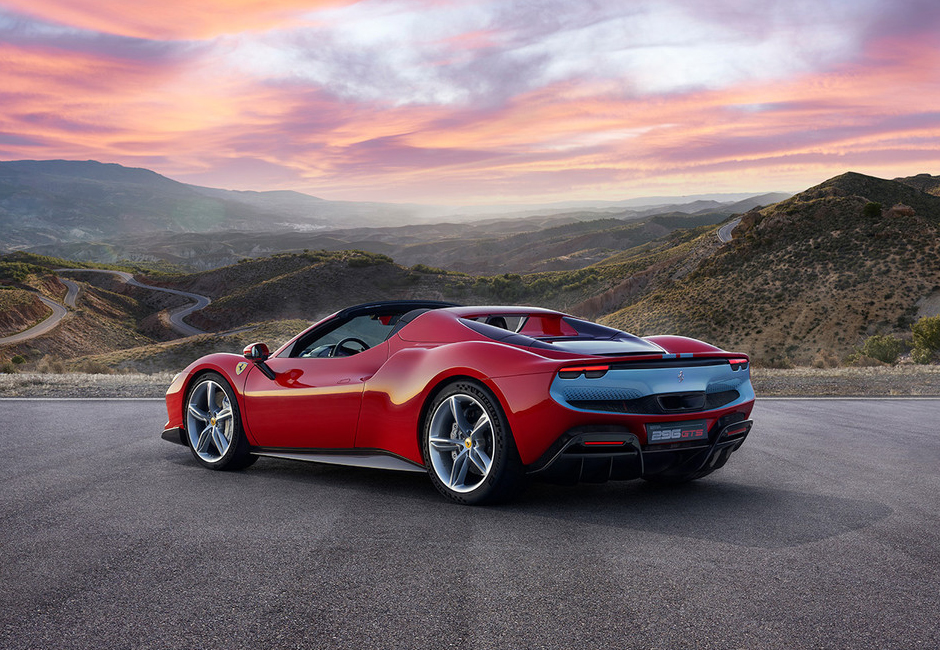
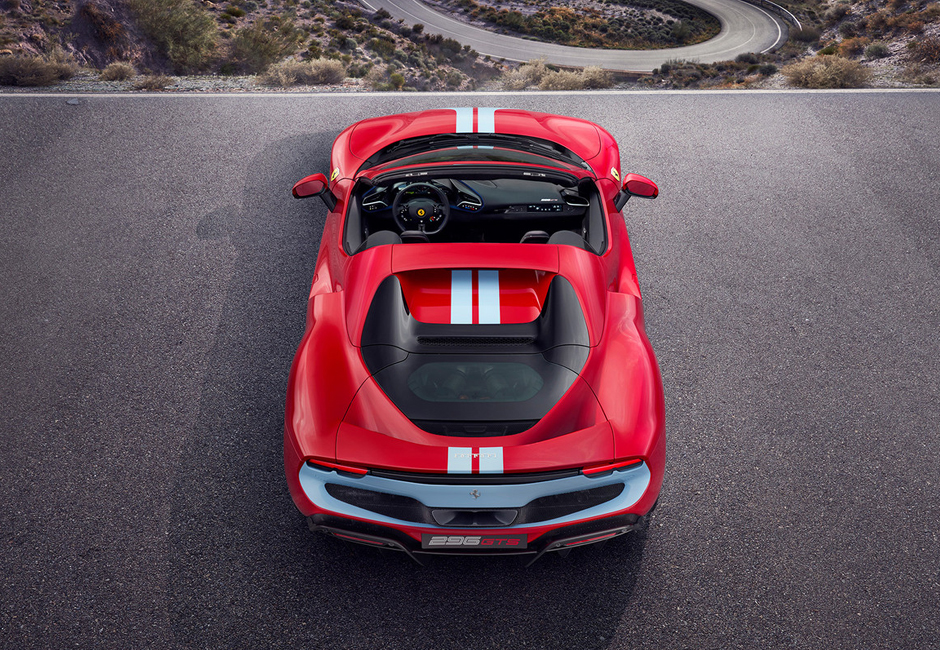
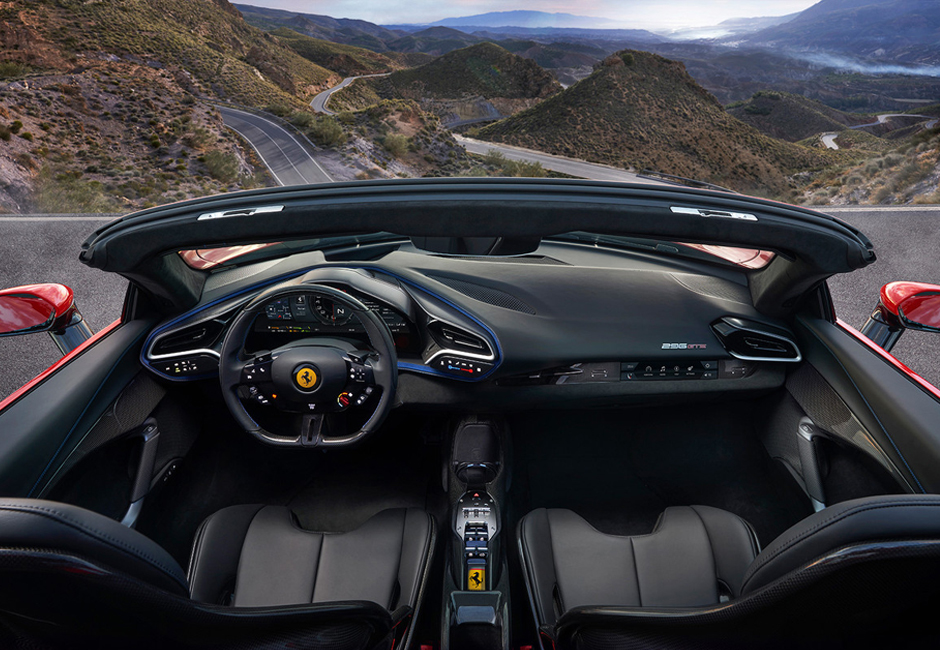
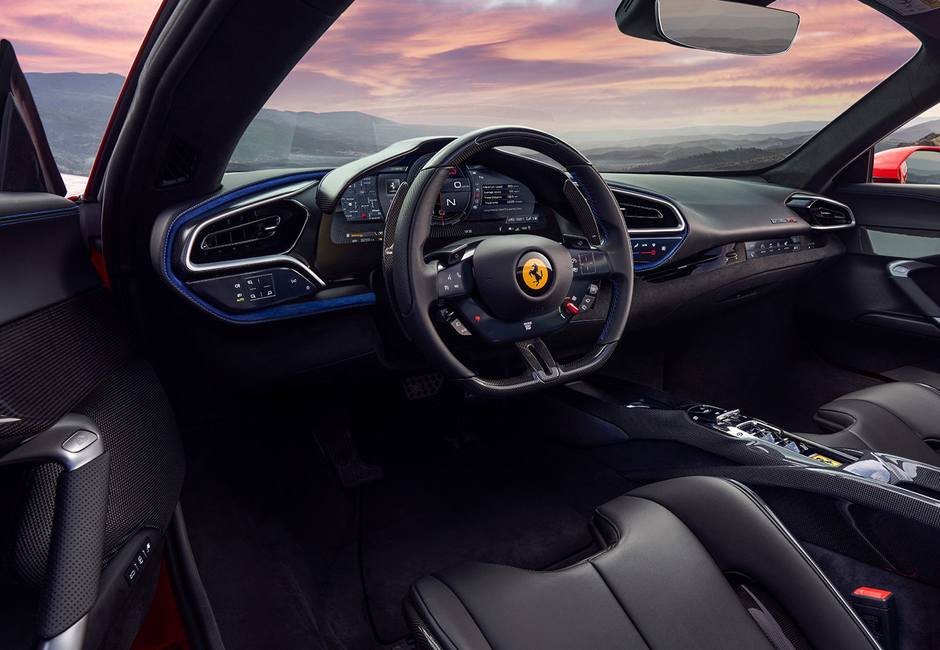
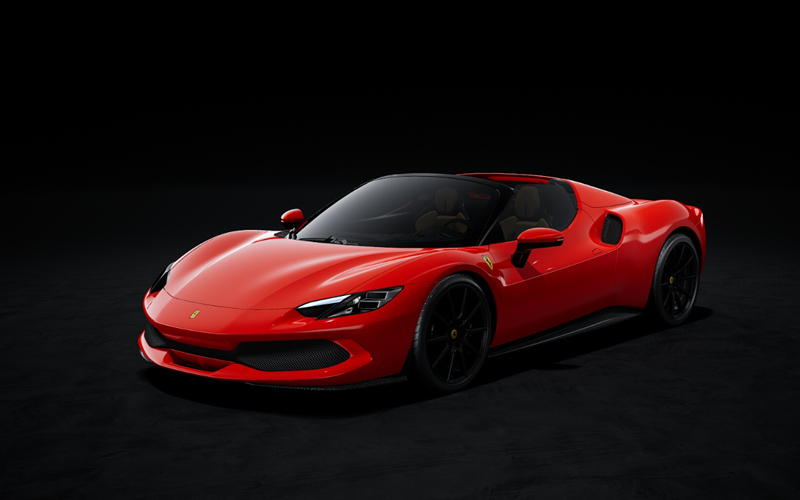
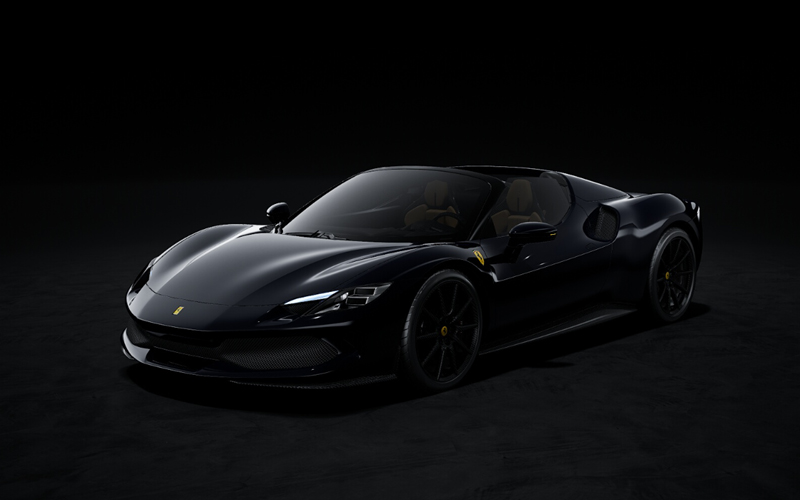

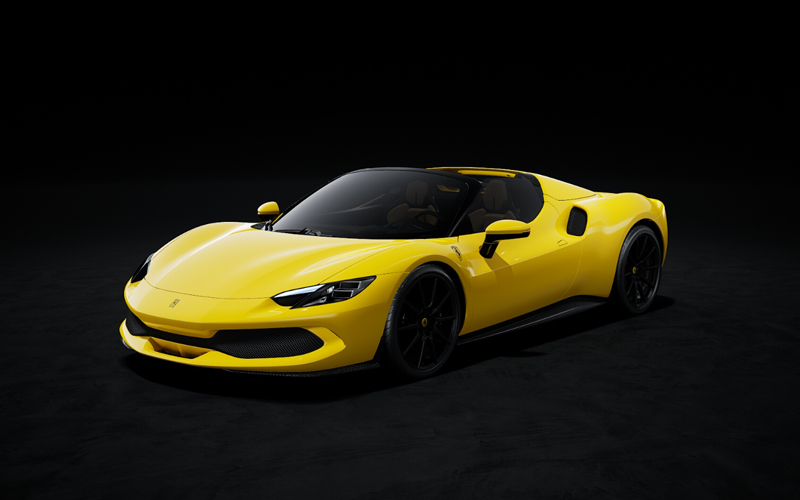
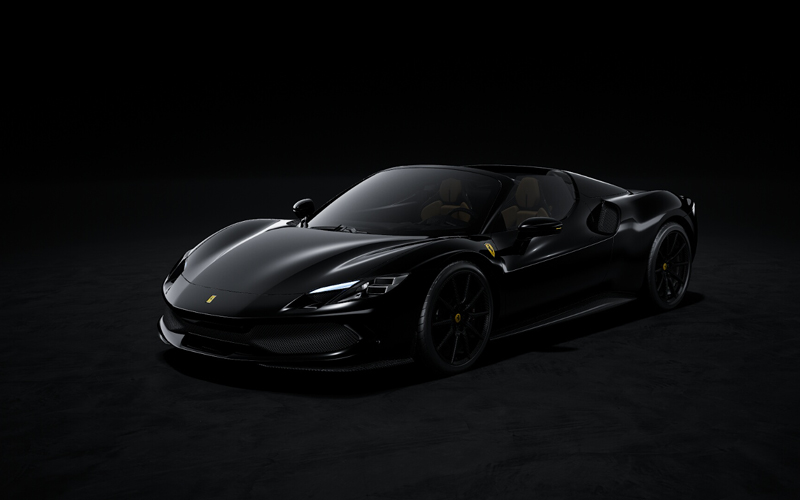
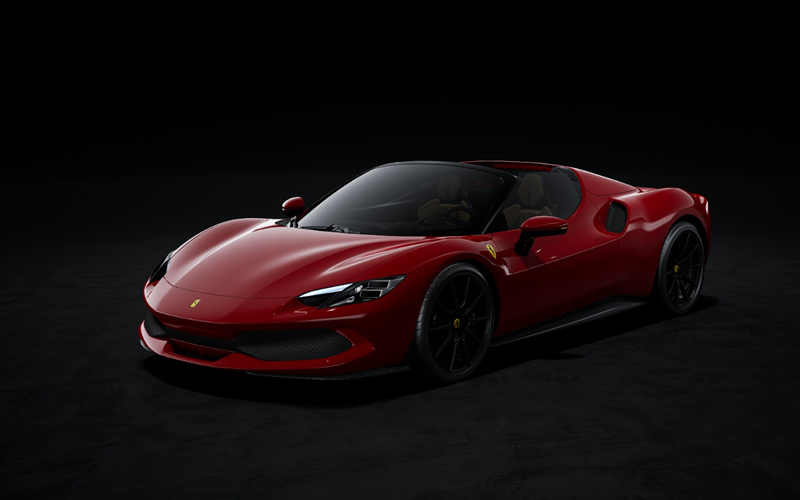
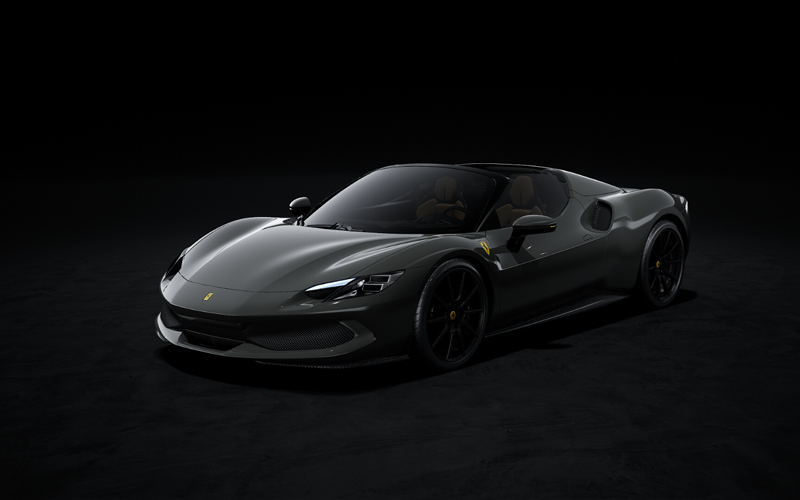
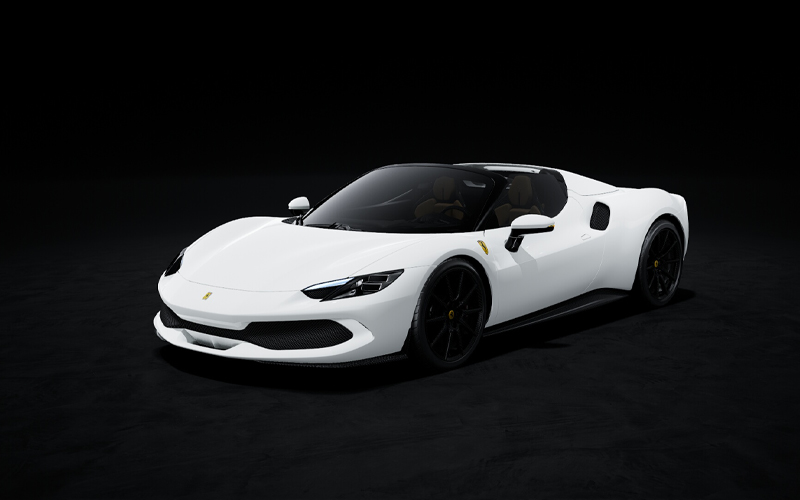
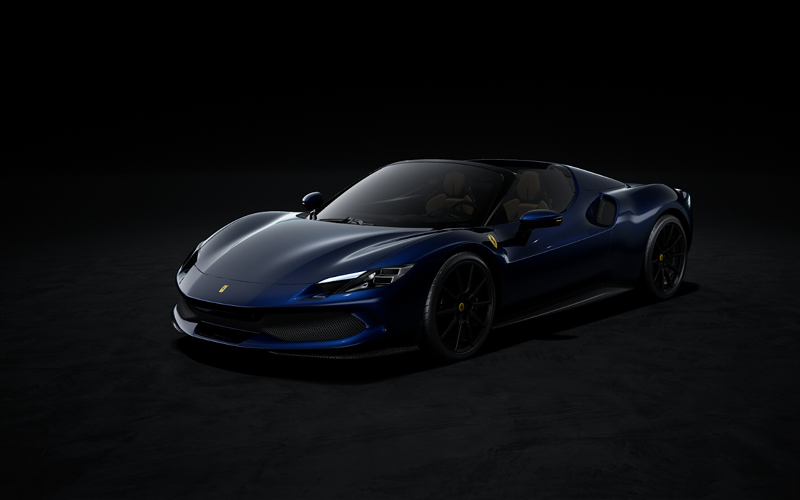
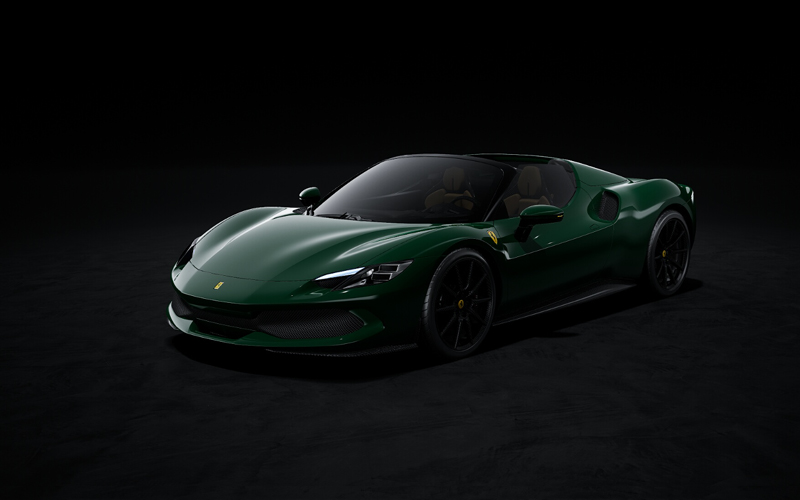
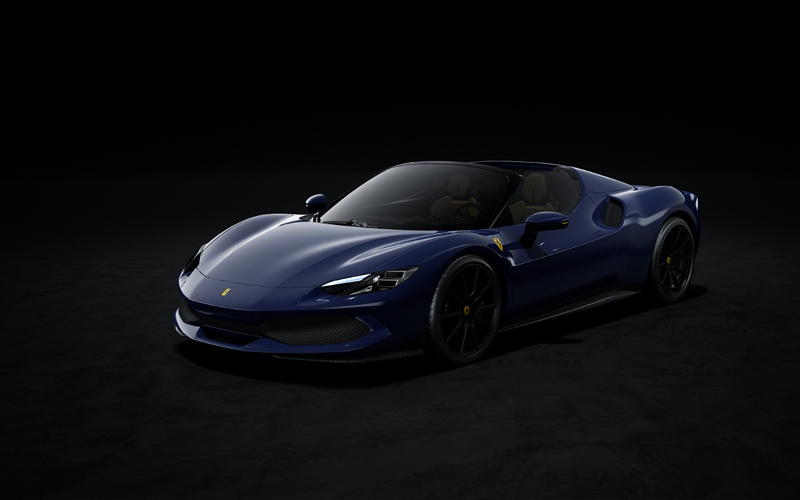

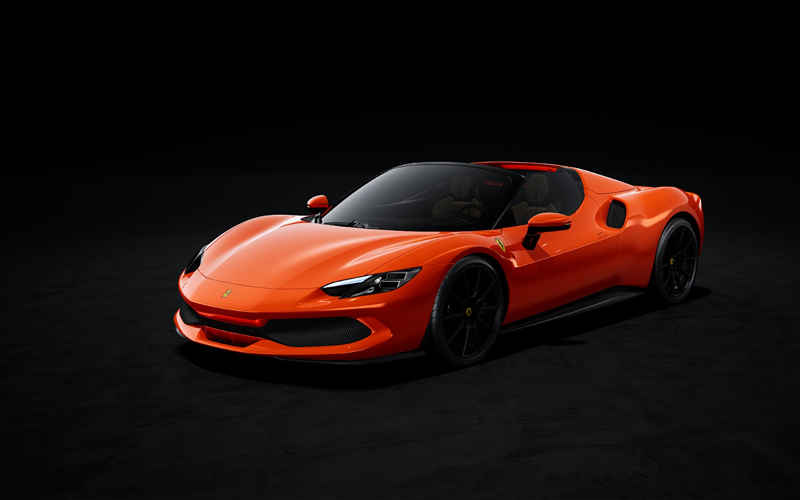
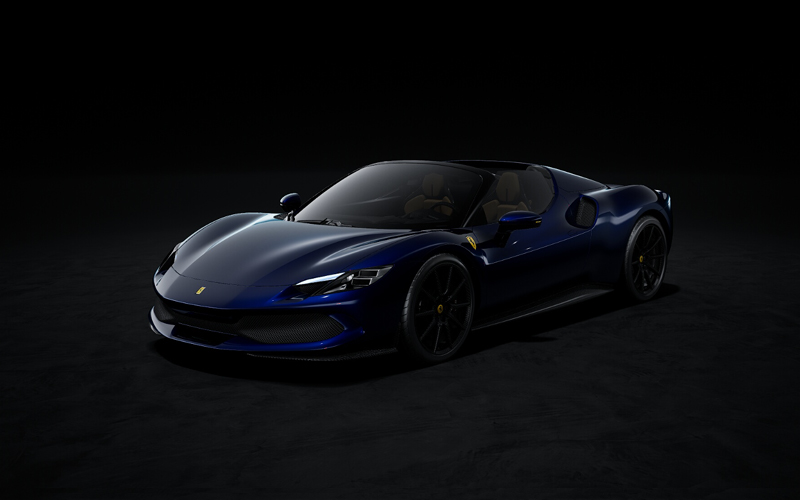
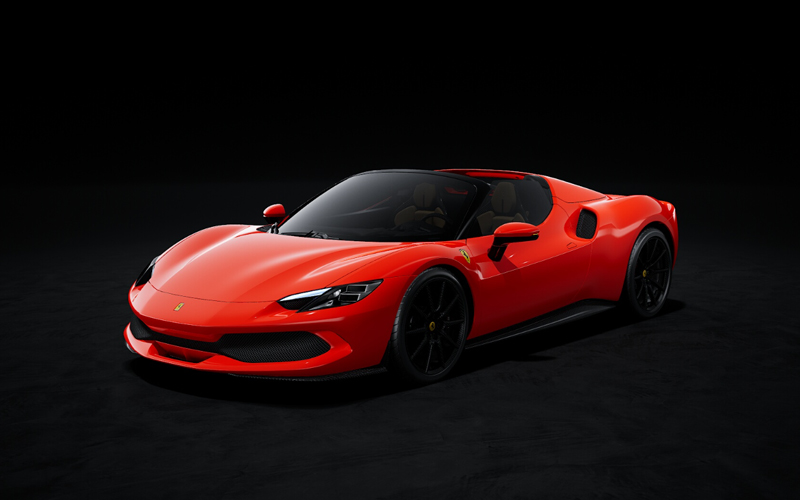
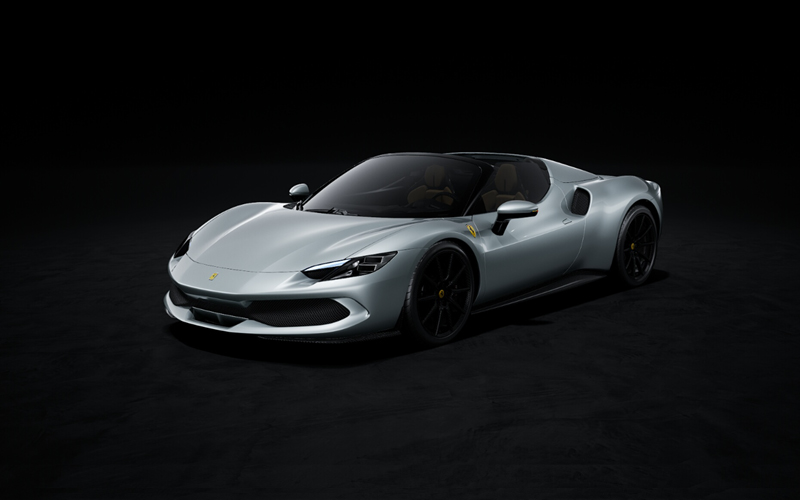
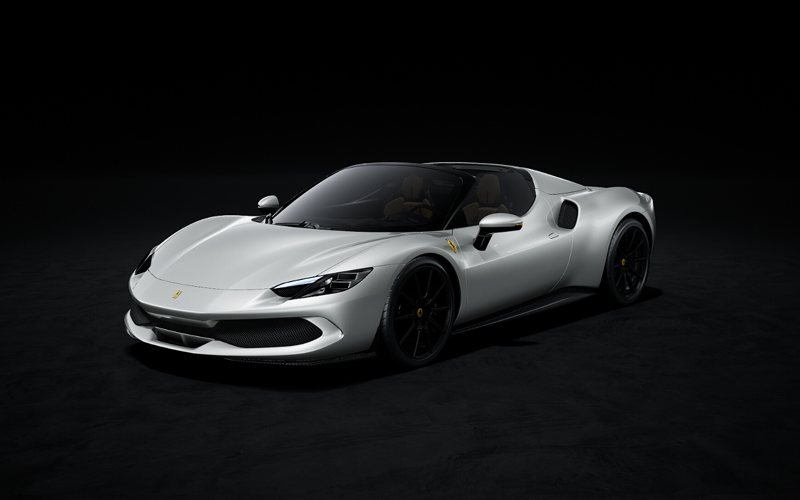
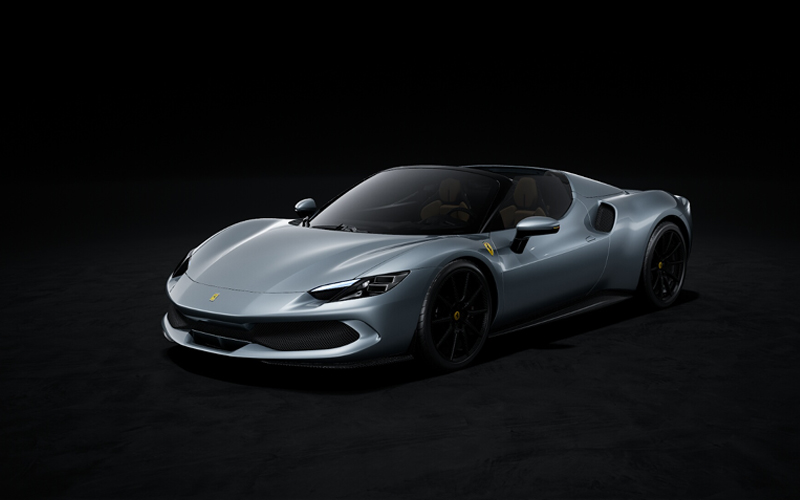
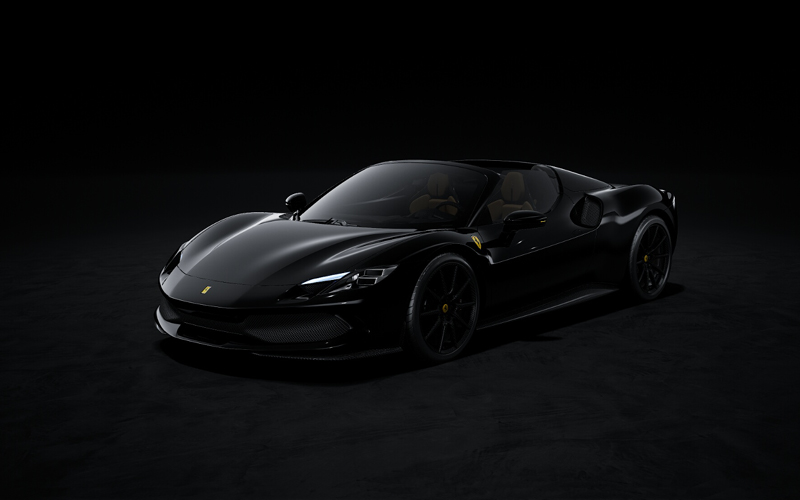
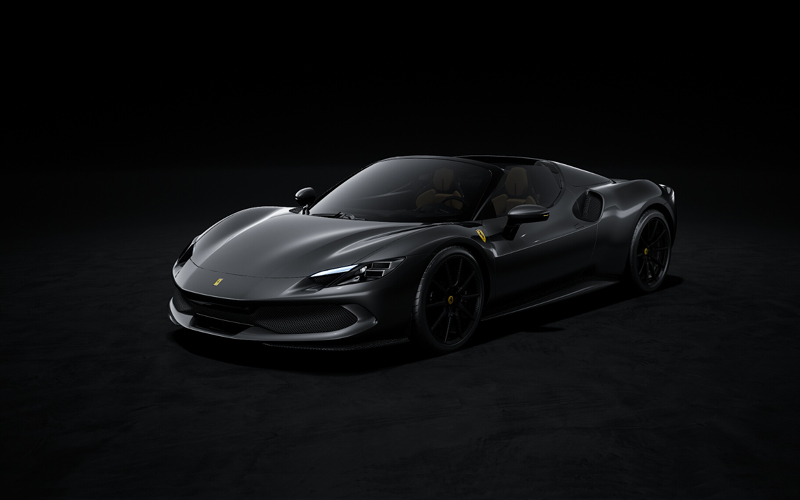
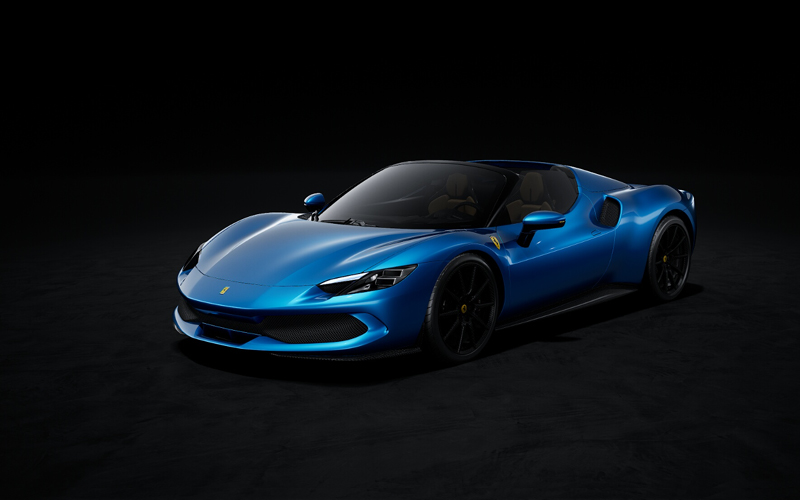
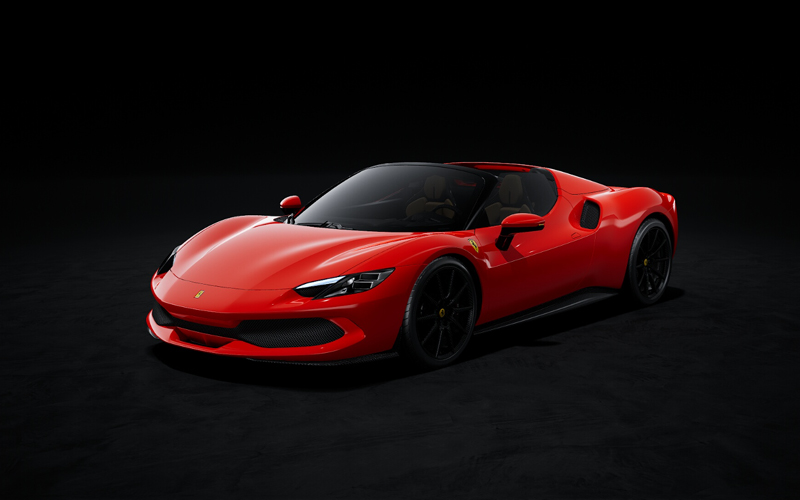
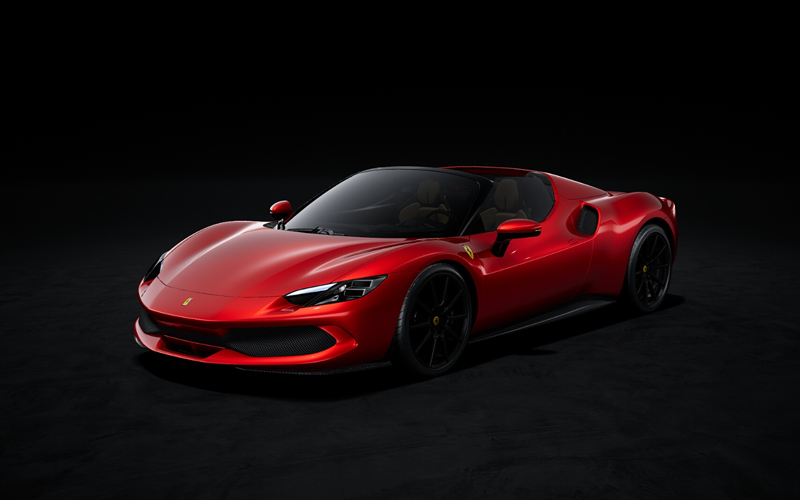
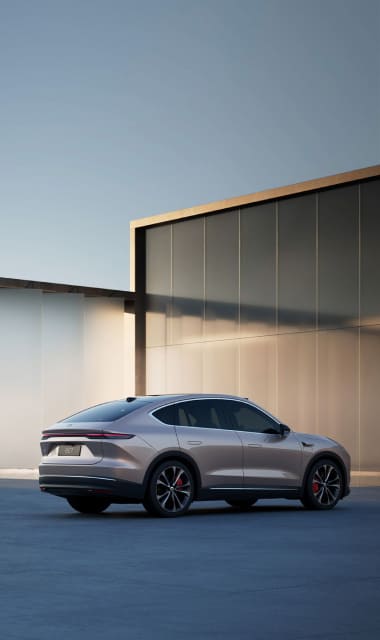

Connect With Us!
Please fill the form below and our executives
will get in touch with you.
THANK YOU
Our Sales Expert will connect with you in sometime.